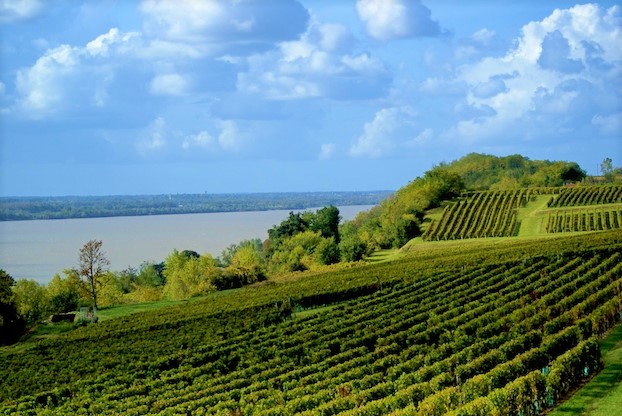Published the 01/06/2020 in Our Selection
Finding the right wine can be very hard, whether you are trying to match with food or simply trying to find something that suits your taste buds. Most of the time you have very little information about the taste profile of a wine on the actual label. This is the case also (and maybe even particularly so) for Bordeaux wines. Bordeaux is one of the biggest wine-growing areas in the world, and here you are sure to find something you like. In two articles, we will show you some basic principles of finding what you like in the region. This is part 1 where we focus on the white wines.
White wines account for only about 11% of the total production in Bordeaux. But, you find many different styles and the average quality is exceptionally high. The most common grapes are Semillon and Sauvignon Blanc, two versatile grapes that dominate the white wine scene in Bordeaux. Muscadelle, but also Colombard, Merlot Blanc, Chenin Blanc, Folle Blanche, Mauzac, Ondenc and Ugni Blanc are allowed.
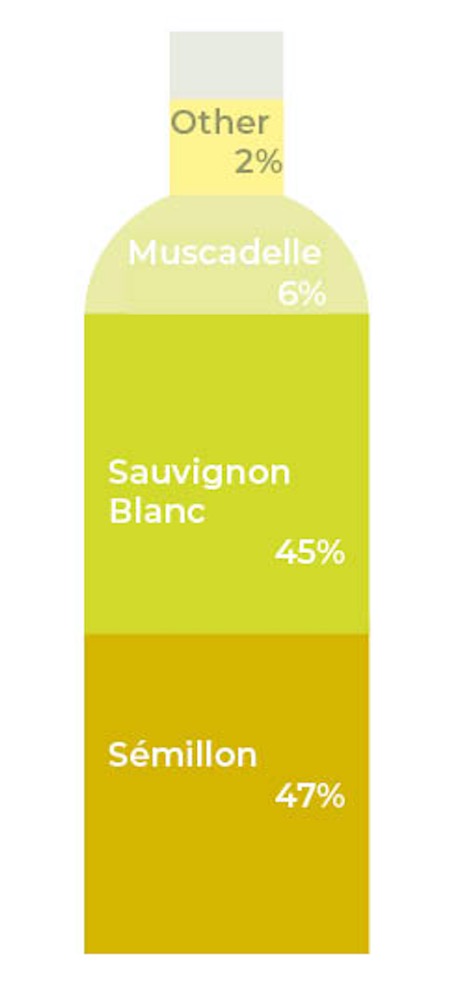
Growing dry white wines that you can stick in your cellar for 30 years, Pessac Leognan is definitely the place to go in Bordeaux if you like bold white wines. In an appellation that is still predominantly red, these white wines are rare and highly sought-after, and expensive!
In most cases, Pessac Leognan whites are blends of Semillon and Sauvignon Blanc. The most iconic examples will use Semillon as the main grape, giving an unbeaten richness and oily texture to the wines. Depending on the style, Sauvignon Blanc can also be the main component, a grape that was discovered in Bordeaux and has been used here since the early 1700s.
Expect bold, rich and creamy white wines with aromas of baked apples, orange peel, ginger and chamomile. Think citrusy and floral rather than grassy and herbal (as Sauvignon Blanc tends to be). Lower acidity than Loire Sauvignon Blanc and without tropical aromas as in new world Sauvignon Blanc.
Perfect food pairing if you ask us: white fish with "beurre blanc" or an asparagus risotto
Our picks, winegrowers to look out for in the stores:
Top quality: Château La Mission Haut-Brion blanc, Château Haut-Brion blanc
Best value: Château Latour-Martillac blanc, Château Rochemorin blanc, Château Carbonnieux blanc
Hidden gem: Domaine de Chevalier blanc
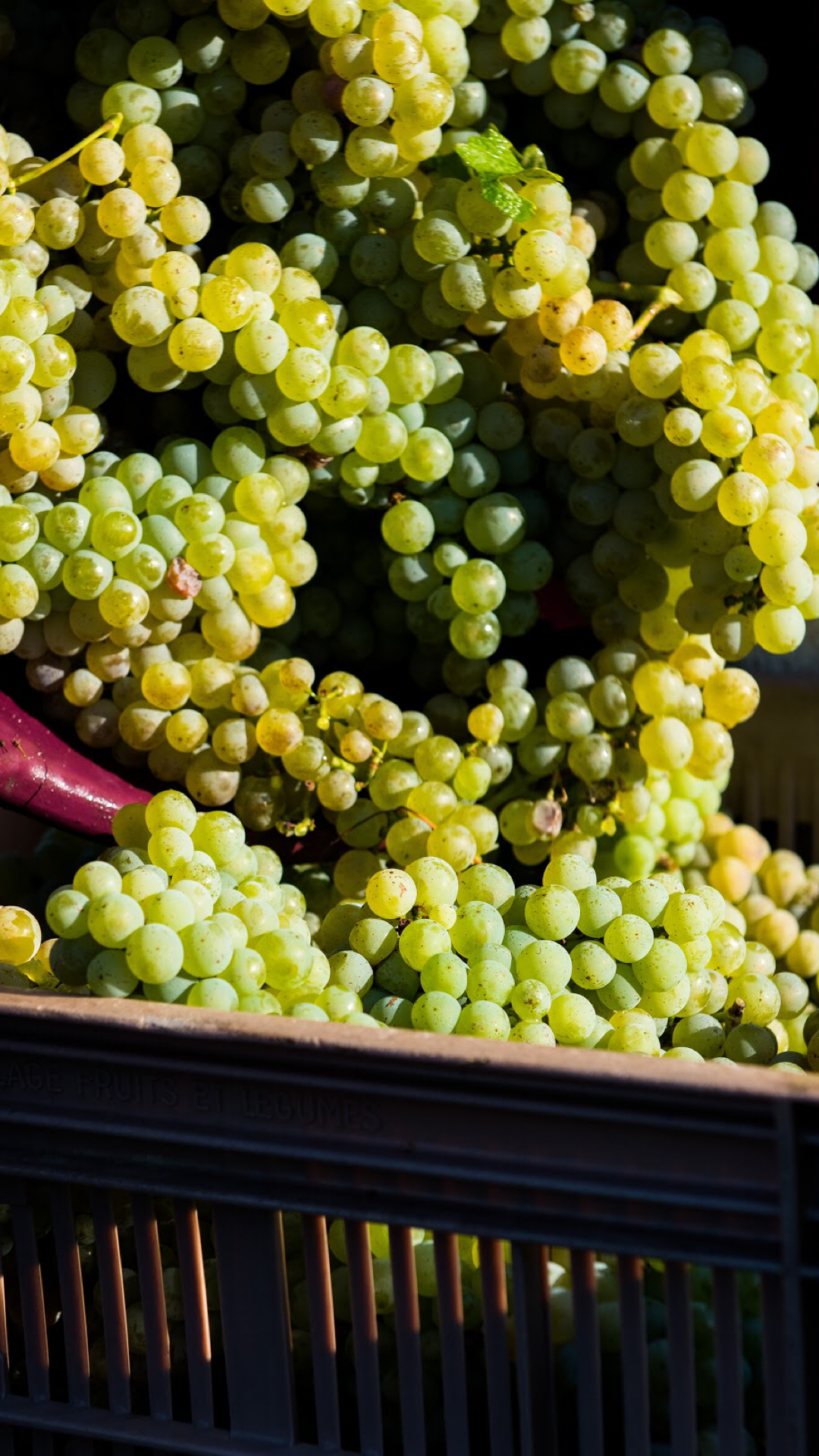
Along with Hungarian Tokaji, wines from Sauternes is a global reference for lusciously sweet white wines. If you have a sweet tooth when it comes to wine, you better head South of Bordeaux to the Graves region and get to know the wines from Sauternes and neighbouring Barsac. The king of Sauternes is Château d’Yquem, a wine by some regarded as the best wine in the world (read our article about "Y").
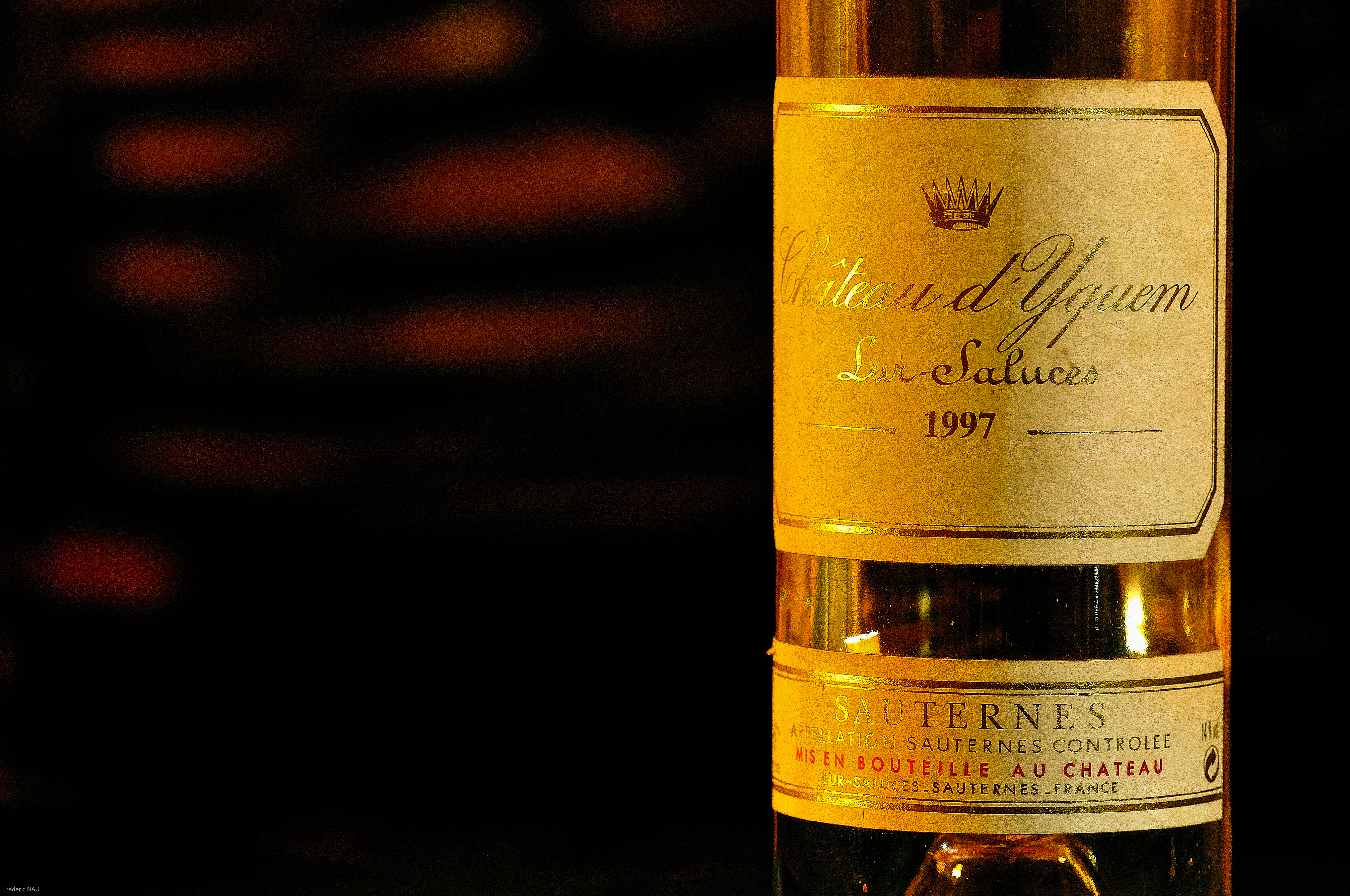
In Sauternes and Barsac you will find Semillon, Sauvignon Blanc and Muscadelle as grape varieties. The particularity with these sweet wines is that the grapes are harvested very late, well into autumn, when they have in fact started to rot on the vine. The rot is known as noble rot (Botrytis cinerea) and has a draining effect on the grapes, leaving a very high concentration of sugar in the juice.
Sauternes and Barsac are expensive wines due to high production costs (all the grapes need to be hand-picked, with a very low yield - one glass per vine!). If you are looking for more modest prices you should head over the Garonne river, there you will find the Entre-Deux-Mers appellations of Cadillac and Loupiac making similar wines that will not leave a whole in your wallet.
In Sauternes and Barsac you can expect to find full-bodied sweet white wines with an acidity that can stay lively in the bottle for decades. Aromas of honey, apricot, orange peel, marmalade and oaky notes of caramel and vanilla will fill up your senses. The styles can vary with location and vintage but no matter if you go high or low in price, these wines will never disappoint.
Perfect food pairing if you ask us: foie gras or why not blue cheese
Our picks, winegrowers to look out for in the stores:
Top quality: Château Yquem (has its own classification for a reason)
Best value: anything in Cadillac or Loupiac
Hidden gem: L'Extravagant de Doisy-Daëne (100% Sauvignon Blanc perfection)

Bordeaux is perhaps not most famous for its sparkling wines, but large volumes are produced under the term Crémant de Bordeaux. Just like in the Loire Valley and Bourgogne, the term Crémant is an umbrella term and appellation for sparkling wines. In Bordeaux there is roughly 800 hectars of land, spread out over the region, that is classified for the use in Crémant de Bordeaux and the grapes have to be hand-harvested.
Crémant de Bordeaux has to be made using the traditional method, the same way used to produce sparkling wines as in Champagne and Spanish Cava. This means that the bubbles are created in the bottle that the wine is sold in. The bubbles come from a second fermentation that is carried out in the bottle. Grapes used are the same as for still white and red wines, but a blend of Semillon and Cabernet Franc is not uncommon for these wines.
Sparkling wines from Bordeaux are easy to approach and sell for far less than their peers in for example Champagne. These wines are normally packed with fresh citrus fruits, floral notes and sometimes dried fruits. Like in Champagne, a Crémant de Bordeaux that has spent time on the lees (in contact with dead yeast cells during ageing) will also include complex aromas of brioche, bread and buttery notes.
Perfect food pairing if you ask us: a raspberry charlotte cake
Our picks, winegrowers to look out for in the stores:
Domaine du Cassard (Blaye-Côtes de Bordeaux), Bad Girl (Montagne St-Emilion), Louis Vallon Brut Rosé (Entre-Deux-Mers)
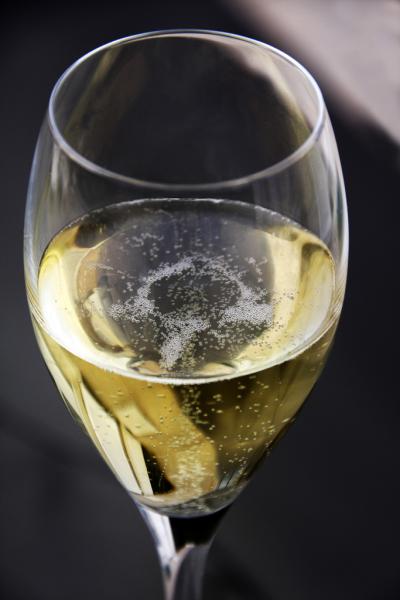
Entre-Deux-Mers, the largest winemaking subregion in Bordeaux is perhaps the first thing you think about when talking about light, summery, fresh white wines. The name does not mean between two seas (like you may think), but between two tides, referring to its position between the Garonne and Dordogne rivers (tidal rivers). This appellation is large and diverse, around 1 million cases of wine made each year.
The dry white wines from Entre-Deux-Mers is normally unoaked and made to drink young, produced in a light style. These wines should be served chilled and go perfectly with shellfish and seafood, and especially well with oysters. The wines are always crisp and easy to approach, normally made from Sauvignon Blanc, Semillon or Muscadelle.
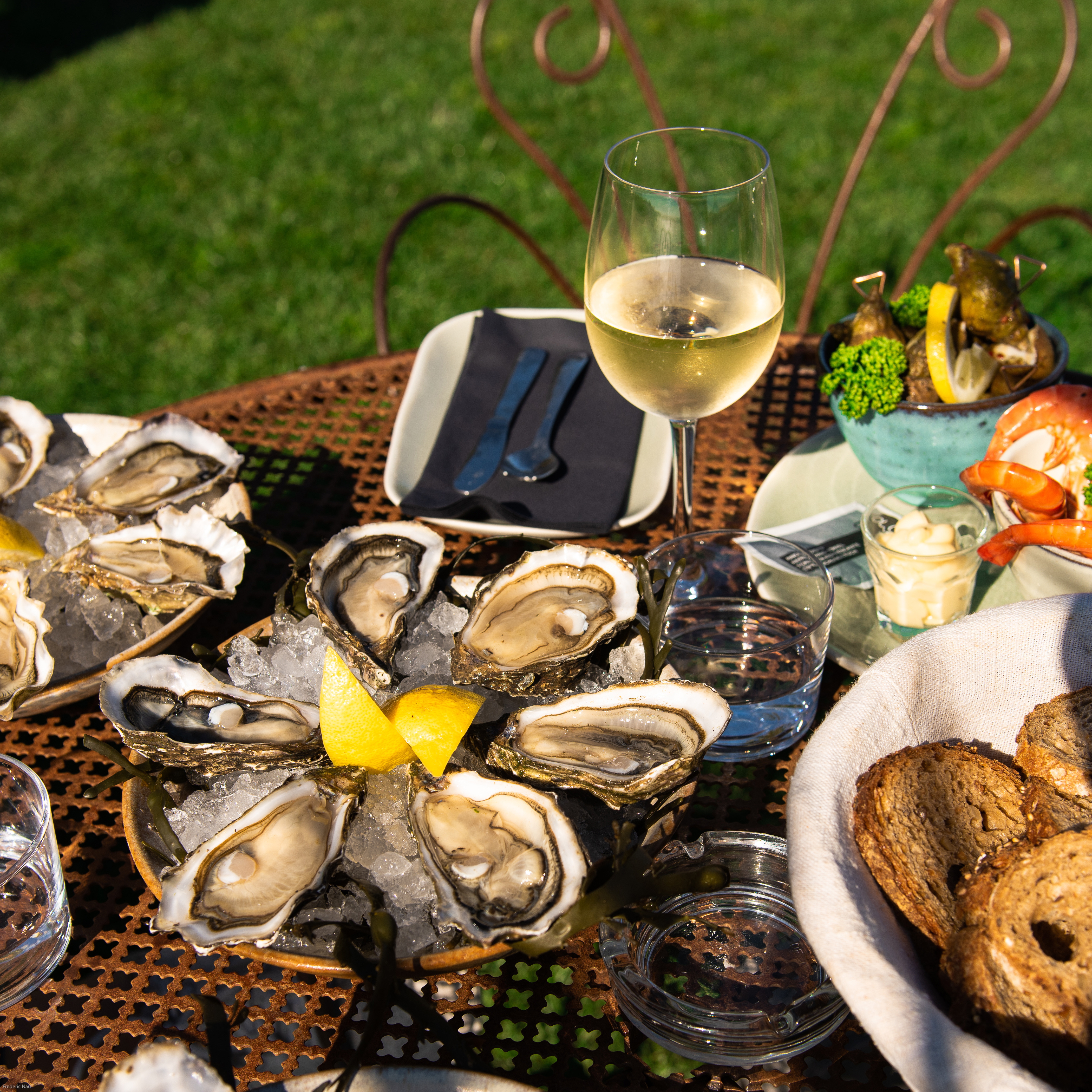
An alternative if you are looking a similar light style of dry white wines is to head to the right-bank appellation of Blaye-Cotes de Bordeaux. Here you will find similarly crisp, approachable dry white wines, but in a slightly fruitier style. Blaye whites are excellent with grilled fish and also go remarkably well with cheese.
Perfect food pairing if you ask us: oysters or a starter with white asparagus from Blaye
Our picks, winegrowers to look out for in the stores:
Château Turcaud (Entre-Deux-Mers), Cuvée Hortense (Entre-Deux-Mers), Château Malbat l'Authentic (Entre-Deux-Mers), Château des Tourtes (Blaye-Côtes de Bordeaux)
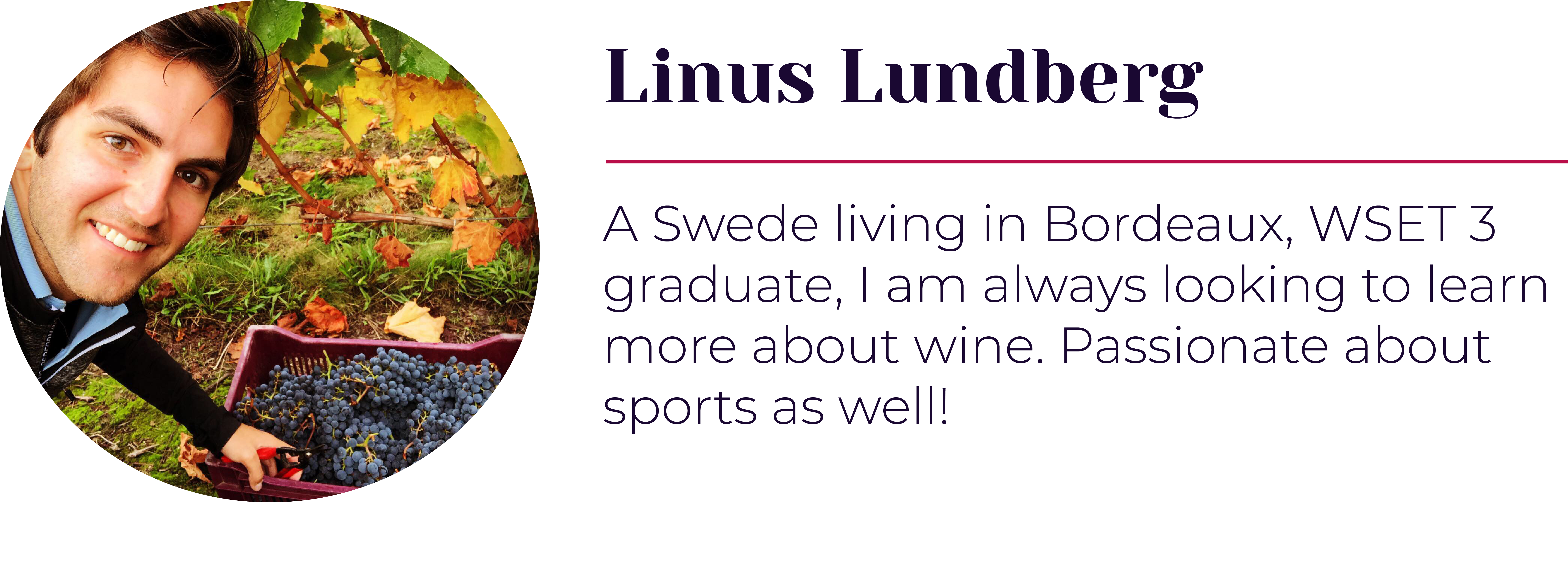
For part 2 of this article, about Bordeaux red wines , and much, much more, sign up for our newsletter below!
